

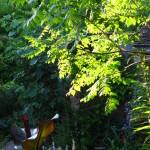 Wendy is my Inspiration. She lent me a book on the Findhorn Foundation which I found very New Agey (communing with plants! I only knew that as a flowery metaphor). But
Wendy is my Inspiration. She lent me a book on the Findhorn Foundation which I found very New Agey (communing with plants! I only knew that as a flowery metaphor). But 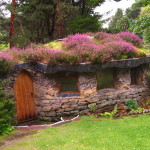 later I stayed at the Findhorn Foundation for a couple of nights, and took part in a wonderful tribal circle dance in the hall. A meditation room was roofed in heather, but I found it very difficult to even slightly loosen the cold grip of rationality I had been brought up in.
later I stayed at the Findhorn Foundation for a couple of nights, and took part in a wonderful tribal circle dance in the hall. A meditation room was roofed in heather, but I found it very difficult to even slightly loosen the cold grip of rationality I had been brought up in.
Then Wendy started a meditation group and invited me to join. The others were far more spiritual (or away with the fairies) than me and still are. But I have loved it, and now we are just three, Wendy, Gillie Shilson and me (a rather awkward Buddhist, Sheila, has left: she used to tick us off for not meditating on the problems of people in trouble & torment, which she thought was the best way of helping). Wendy and Gillie are artists, with a keen response to colour and light and feeling. Me, I just can’t help being cerebral.
And then from Wendy I borrowed The Secret Teachings of Plants by Stephen Harrod Buhner, subtitled the Intelligence of the Heart, In the Direct Perception of Nature. The first half is grim, 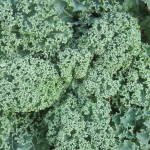
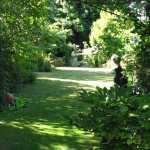 all about plant physiology etc and human ditto to underline that we should not think of things in terms of exact Euclidian geometry, which is abstract, but in fractal mode – that when it comes to plants, each is unlike, and changes every minute. Now I’ve got to the next bit, which is about entering the plants – feeling, touching, eating, looking at and smelling them, understanding them (in fact I dealt with this in Life, the Universe and Gardening). You get into the mode of a child, you don’t think, you embrace the plant and respond to it as it is. Words, instructions, what I’m now writing are just a starter before jumping into the void of a thousand greens, of leaves that feel likesuede, that taste bitter, that smell –
all about plant physiology etc and human ditto to underline that we should not think of things in terms of exact Euclidian geometry, which is abstract, but in fractal mode – that when it comes to plants, each is unlike, and changes every minute. Now I’ve got to the next bit, which is about entering the plants – feeling, touching, eating, looking at and smelling them, understanding them (in fact I dealt with this in Life, the Universe and Gardening). You get into the mode of a child, you don’t think, you embrace the plant and respond to it as it is. Words, instructions, what I’m now writing are just a starter before jumping into the void of a thousand greens, of leaves that feel likesuede, that taste bitter, that smell –
ah, that sweet marjoram – of bliss. You hug the tree, stroke the bark, kiss the flower, sing to them, and thank them for their bounty. Try, you’ll find it works. It’s meditation, in nature, or in the garden, where you join with and become conscious of what we are, intrinsic to all creation.
Is there ugliness? In the excremental smell of the voodoo lily luring pollinating flies with the smell of dung? Not really.
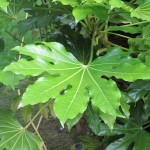 Every plant, even of the same species, is different. Every rose of the same species is different. They have different requirements, and some like you, and others
Every plant, even of the same species, is different. Every rose of the same species is different. They have different requirements, and some like you, and others
don’t. Some plants like you to touch, like the bark
of trees. Seedlings like being gently stroked – it actually has a name, it’s called Thigmomorphogenesis, and some nurseries do this artificially. But a nettle and a bramble, and the spikey Toothache tree don’t want you to.
In the garden you find goodness – hard to define, but I mean a feeling of benevolence. (It’s true, it may sound banal but you are nearer God in the garden, than anywhere else on earth. Not totally exact, because you are also near God – or whatever you call it – beside seas, forests, mountains… But it takes time to travel to them). Just sit, and you can feel it. Coming down invisibly. But it vanishes with overcontrol, doing too much, chopping trees, killing insects, dominating everything. But even after destruction, with time the natural goodness of nature and plants, returns.
Copyright Sarah Coles 2018 Privacy Policy Website Design & Creation Forum Media and Design - Alresford